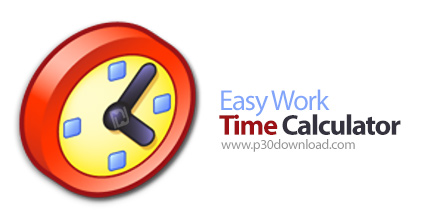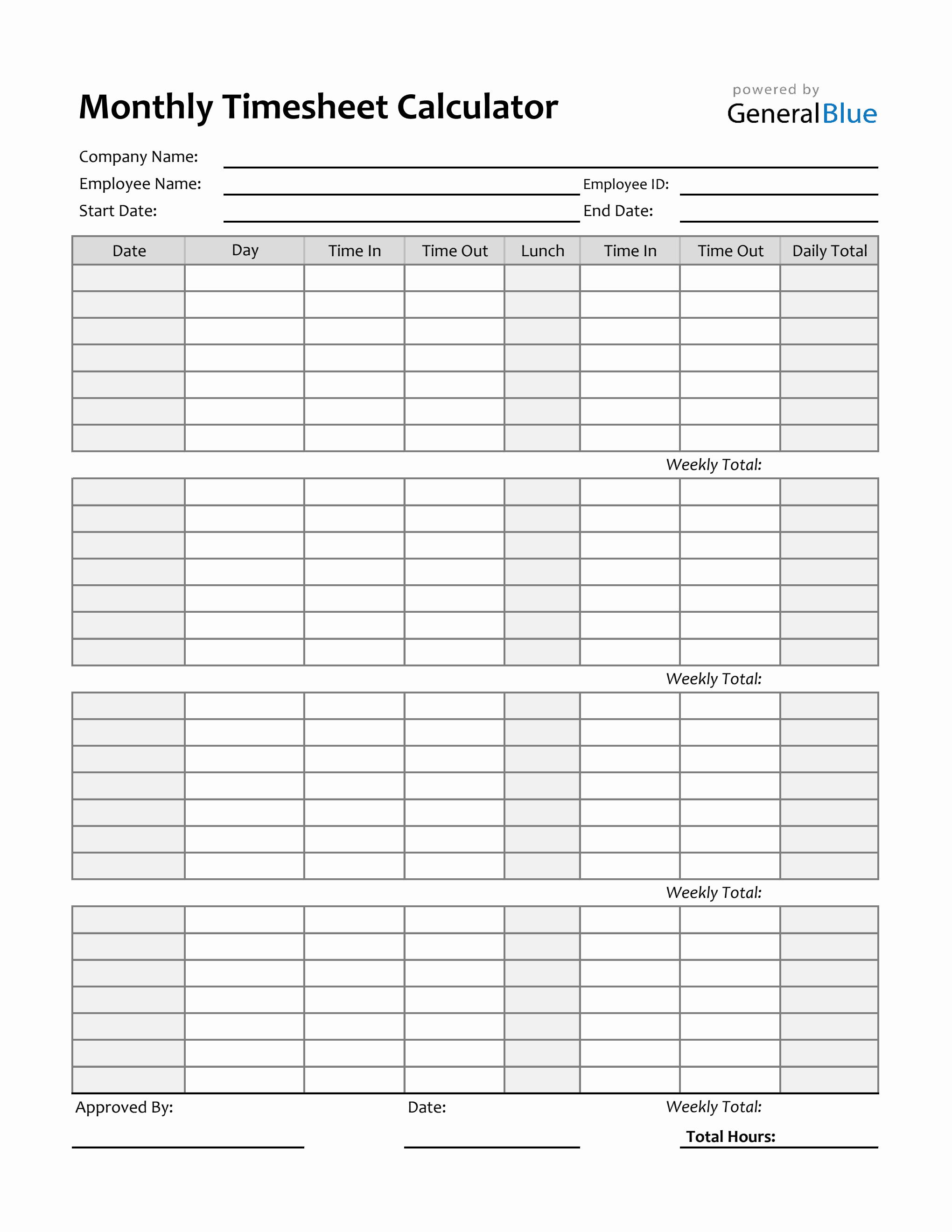

#Work clock hour counter full#
To convert a time to its decimal value, divide the hours (using the 24-hour clock) by 24 (the number of hours in a full day): Times are decimals values between 0 and 1. This is how Excel stores date/times-the date is the number to the left of the decimal, and time is the decimal portion of the number, where 0 corresponds to 12:00 AM, 1 is midnight, and every other time of the day falls somewhere in between. Next, right-click the cell, choose “Format Cells,” and pick “General.” The result should look something like this: The result shows the current date and time, probably formatted like this: Try this: in an empty cell, type “=NOW()” and hit. To understand time arithmetic more fully, you need to understand first how Excel stores times.

If you add 4 hours to 11:30 AM, you get 3:30 PM: When you need to add or subtract a fixed number of hours, minutes, or seconds to a time value, just add or subtract the way you would any decimals. Typing “=TIME(14, 30, 10)” produces:īe sure to enter the hours using a 24-hour clock. When you need to convert a specific number of hours, minutes, and seconds to an Excel time, use the TIME() function with the parameters the numbers of hours, minutes, and seconds. What if you need to store a value for some other time? The TIME() Functionīoth the NOW() function and the Ctrl-Shift- shortcut return the current system time. Similarly, you can save the current date by holding down the Control key (but not the Shift key) and typing a semicolon.īecause it saves the value and not an updateable function, someone who opens the worksheet in six months will see the date and time that you stamped on the page, not her own current date and time. You can change the format, but the value is always the same. Unlike NOW(), however, it stamps the time as a fixed value. Like NOW(), it returns the current system time. When you need to save a permanent record of the current time, hold down the Control key and the Shift key while you type a semicolon ( ).

NOTE: Someone who opens the worksheet in six months will see her own current date and time in this field, not the date and time that you saved the workbook. Use this function when you need an always-updated current time in your calculations. Whenever you recalculate (or whenever Excel recalculates automatically because other cells have changed), the function pulls the time as of that moment. Regardless of how you format the display, however, the underlying value remains constant until you recalculate. If you want only the time and not the date, you can either format it as a time and pretend the date doesn’t exist, or you can use “=NOW()-TODAY()”, which subtracts the date portion and leaves only the time portion. You can reformat the result by right-clicking the cell, choosing “Format Cells,” and picking a different time format. NOW() returns the current date and time from your computer. Uses these in two sample workbooks: a timesheet calculator and a time zone converter.
#Work clock hour counter how to#
Shows how to add and subtract times, and.



 0 kommentar(er)
0 kommentar(er)
